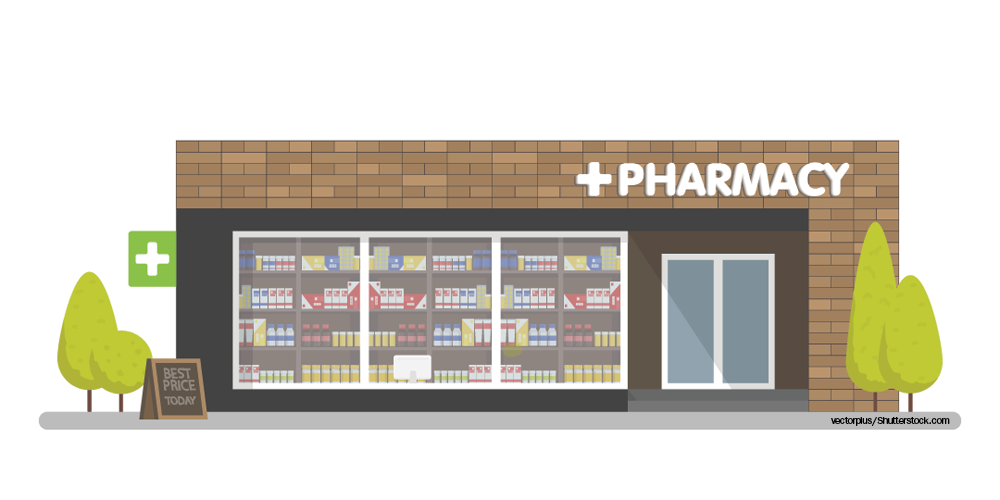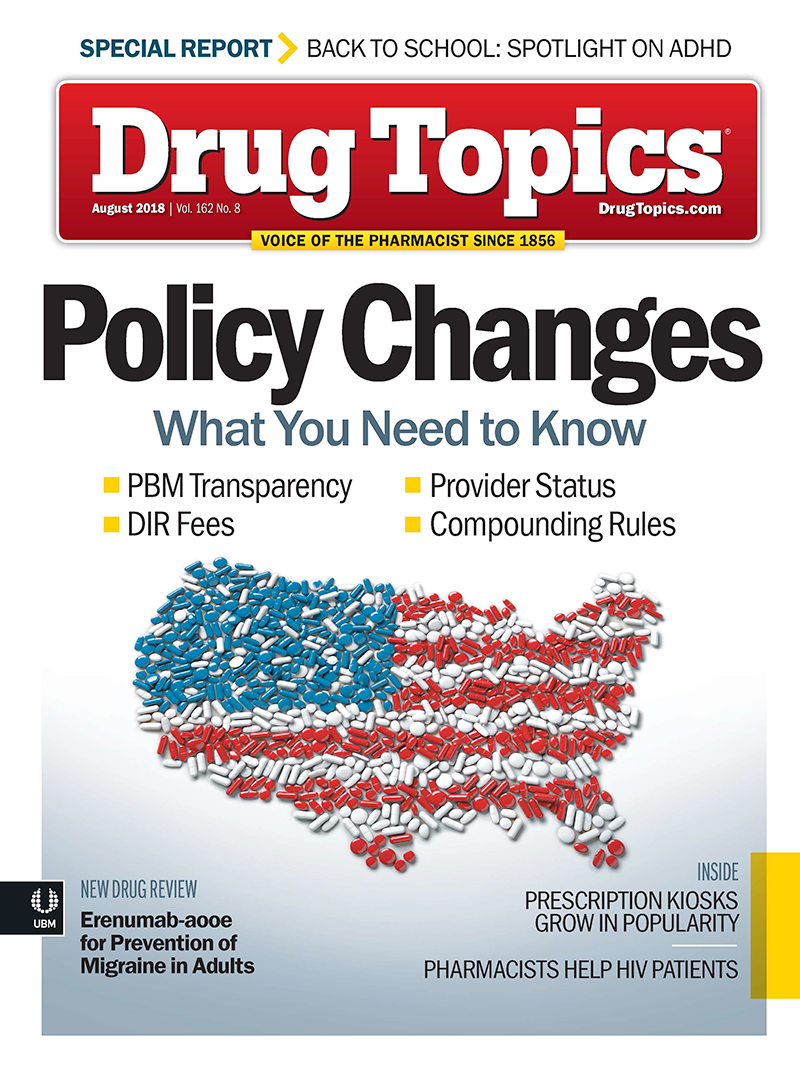The 5 Challenges Pharmacies Face
If pharmacies want to succeed, they'll need to adapt.

The growth of the specialty pharmacy market, making the right choices in technology, attaining provider status, securing collaborative practice agreements, and retail pharmacy consolidations: These are five of the challenges facing community pharmacies in a healthcare economy that is becoming based on value, says a new report.
The report was released by URAC, the accreditation organization that focuses on programs that manage healthcare.
Related article: Four Business Tips That Make Cents for Community Pharmacy
“Pharmacies that dispense traditional medications (as opposed to specialty medications) are struggling with maintaining profits, which escalates the pressures of competition even further,” says Heather Bonome, PharmD, URAC director of pharmacy.
The report is an opportunity to share information on where the healthcare industry and the pharmacy space are heading, Bonome says. Many pharmacies are looking to new sources of revenue, such as increasing vaccination services to include travel immunizations, which only about 23% of pharmacies that vaccinate provide, the report notes. Other new revenue sources include offering health screenings, smoking cessation support, and direct lab testing.
The report notes the spate of consolidations by pharmacy chains as being a challenge for community pharmacy. Kurt Proctor, PhD, senior vice president, NCPA, notes that the number of independent pharmacies has stayed fairly stable.
Third-party accreditation, where an outside agency examines the processes and standards of a pharmacy, can help community pharmacies show that they have the processes and the operational structure in place that can help in obtaining collaborative practice agreements, Bonome says. Accreditation can demonstrate that a pharmacy has achieved established industry benchmarks, she adds. URAC has accredited 300 pharmacies and 439 specialty pharmacies around the country.
New Ways to Compete
1.Specialty pharmacy: To keep themselves competitive, many pharmacies are looking at entering this arena, Bonome notes. Specialty pharmacy is enlarging rapidly as more drugs are approved for complex conditions like cancer, hepatitis C, HIV, and autoimmune diseases. These drugs often require more patient education and counseling, more interactions with other health providers and health plans, and usually carry large price tags. “If you’re going to head down that path, really do your research and make sure you know what you’re getting yourself into, because it really is a different practice model,” she says.
2.New technologies: New technologies can also help pharmacies distinguish themselves from other pharmacies in their communities. “The challenge is identifyingthe new technology that will actually improve operations,” the report adds. Software and hardware ranging from phone apps to smart pill vials can help pharmacists improve their patients’ medication use and adherence.
Related article: Top 5 Medication Adherence Tools
3.Provider status: Attaining provider status as a pharmacist, something not possible in every state, can also be a way for community pharmacists to position themselves as full members of the healthcare team, the report says. Provider status can help pharmacists
be reimbursed for pharmacy care and clinical services.
Another way to do this is through collaborative practice agreements with physicians or physician groups that specify what patient care services can be provided by the pharmacist. Although the NCPA is in favor of obtaining provider status for community pharmacists across the country, it is not the only way for pharmacists to be reimbursed for clinical services, says Proctor. “There’s certainly lots of opportunities for pharmacists to be paid for services,” he points out. There are initiatives like the Community Pharmacy Enhanced Services Networks, which link pharmacies with medical practices.
